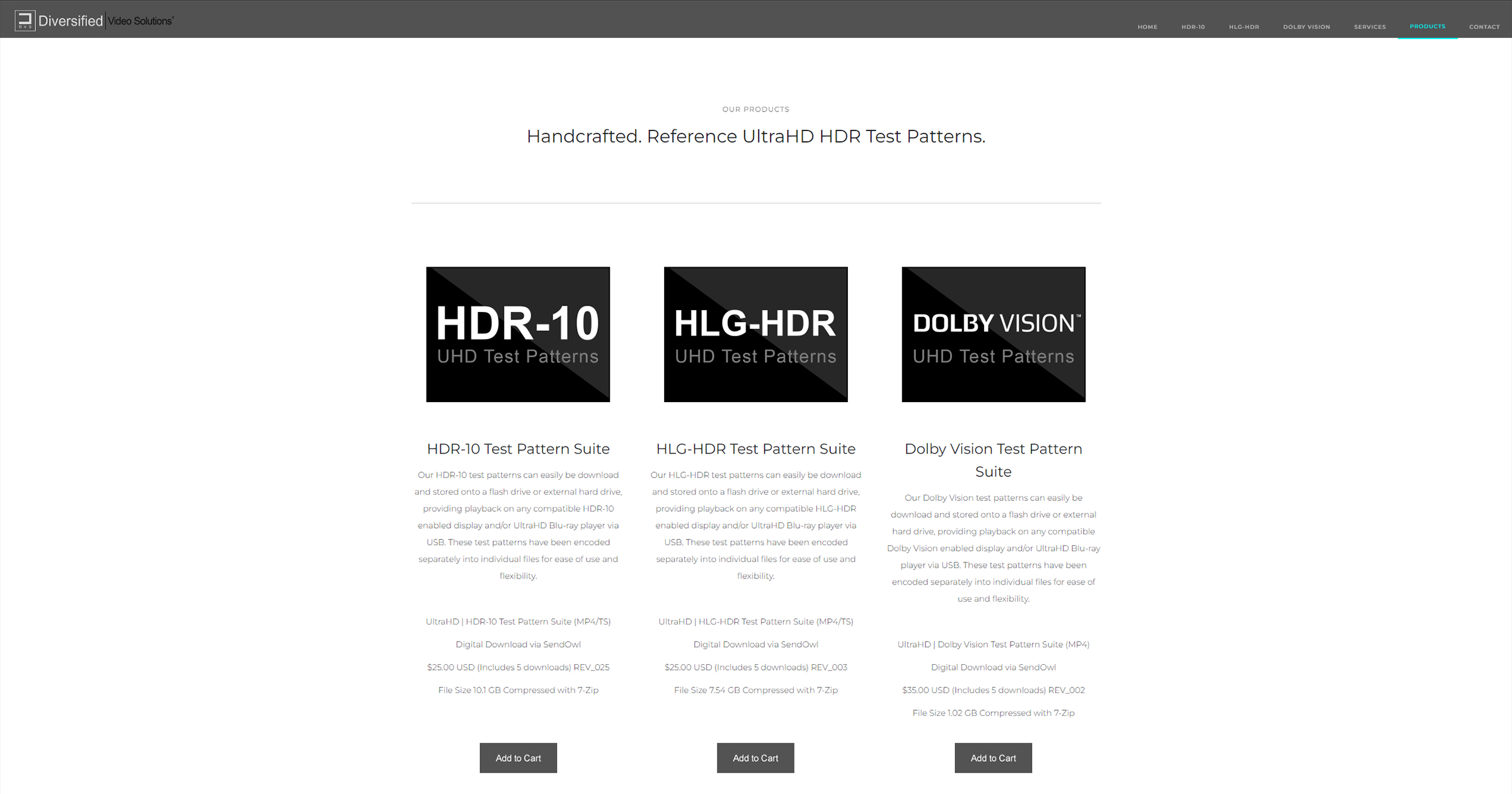lo que quería decir es que si yo en mi tv pongo unos parámetros X exactamente iguales tanto en el modo película como en el estándar no se verían iguales? o cada modo tiene características diferentes aun poniendo todos los apartados iguales?
Muy buena pregunta!

En teoría, seleccionando las opciones recomendadas, que muchas ya vienen de manera predeterminada en el modo película, ya obtendríamos una imagen en términos de exactitud mucho más acorde a las especificaciones a como viene de origen o fábrica, pero aún así no creo que se obtenga el mismo resultado, pues creo recordar que el comportamiento de las curvas de gamma y PQ para HDR no eran iguales que en Película, Cal Night y Day, que digamos son los modos que arrojan valores más cercanos a las normas y estándares. Y por supuesto ni de coña utilicéis los presets de balance de blancos y CMS para otros modos de imagen...
Los calibradores lo que normalmente hacemos, es partir del modo que arroja de serie los valores más cercanos a los estándares de vídeo de la industria, y a partir de esos datos lo que se pretende es llevar el píxel a esas coordenadas de referencia.
¿Se pueden calibrar los otros modos? Se puede, pero costará más trabajo y tiempo, pues están más alejados de los valores correctos, y además no creo que el resultado final sea tan exacto como en Película y los CAL.
Dynamic Mode: If for some bizarre reason you decide to use this mode, then be prepared for a shock. The picture is simply terrible and that's not a criticism of Samsung, these modes always look awful. The backlight is at the maximum setting, so it feels like someone is shining a torch in your face. The full native colour gamut is used, so all the colours are boosted and thus appear garish, whilst the Colour Tone is set to Cool, so all the whites are blue. The Auto Motion Plus setting of Auto also adds some SOE but at least Samsung have resisted the temptation to go mad with the sharpness control. This setting is best avoided.
Standard Mode: This is the setting that the TV defaults to and whilst it's better than Dynamic, it's still not ideal. The backlight is still set way too high, the Native colour gamut is used so colours are still garish, and even though the Standard Colour tone is used it's still too blue. Once again the Auto Motion Plus setting of Auto results in SOE but as with the Dynamic mode, the sharpening isn't too aggressive.
Movie Mode: This is the best mode to select and Samsung have done a great job of setting it up, so there really isn't much you need to do. The backlight is set to 20, which was ideal for my room but the Contrast needs to be dropped from 45 down to 40 to avoid clipping. The Sharpness control defaults to zero, the Colour Tone is Warm2 which is closest to the industry standard, and the Colour Space is set to Auto which means it matches the input to the correct colour gamut. The Auto Motion Plus setting is Custom with Blur Reduction set to 10 and Judder Reduction set to 3. You can either adjust this to suit your tastes, turn the Auto Motion Plus setting off completely or try the LED Clear Motion (BFI) setting.
Picture Size: Make sure you select the 16:9 Standard Picture Size setting and turn Just Scan on to ensure that the image isn't being over-scanned because the associated processing will rob the image of fine detail.
SDR Gaming Performance: The Q9FN is absolutely superb when it comes to gaming, with all the elements we've discussed so far delivering a hugely enjoyable experience. The image is bright, colourful and detailed, whilst the motion handling is excellent, resulting in a fluid gaming experience. The fact that the TV automatically goes into Game mode is a nice touch and the low input lag resulted in a responsive gaming experience, making
Star Wars Battlefront and
Wipeout particularly fun and graphically impressive.
Is this the best LCD TV ever? The Samsung Q9FN QLED TV picks up our Reference Status Award

www.avforums.com






 . Sin embargo, sí que son un buen punto de partida para empezar a calibrar o ajustar cada uno su propia TV.
. Sin embargo, sí que son un buen punto de partida para empezar a calibrar o ajustar cada uno su propia TV.


